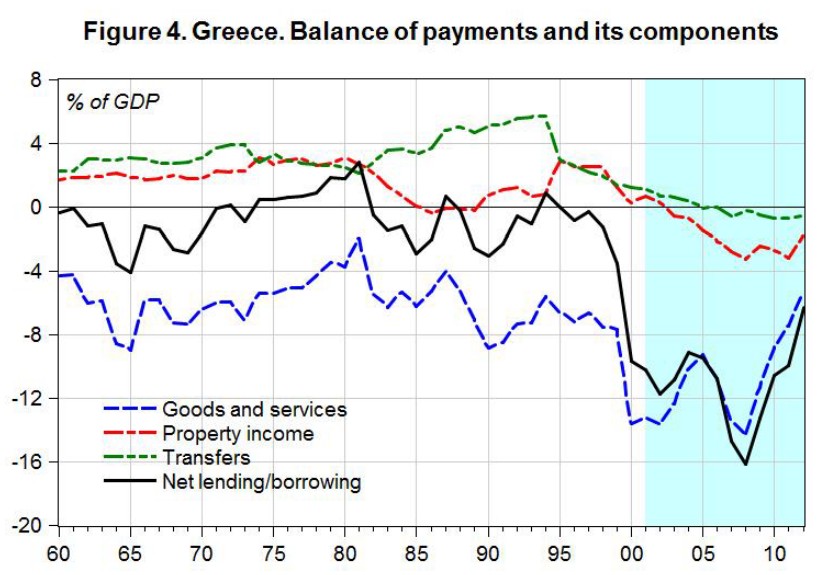Contents
The «newness» aspect of an innovation may be expressed in terms of knowledge, persuasion or a decision to adopt. Introduction – When the idea is first introduced, there are no barriers to adoption and consumers have not yet formed their opinion about the product or service. The early majority are the people who enter the market when it is already established. They are considered to be in the lead because they have access to all of the benefits that come with being an early adopter, but they also take on more risk than late adopters.
The five types of adopter categories according to the diffusion of innovation theory are innovators, early adopters, early majority, late majority, and laggards. Factors such as compatibility, observability, trialability, innovativeness, and persuasion act as a basis of change agents for the potential adopters. Shows the analysis for all 19 elements in division into the three phases of the innovation adoption course of. Diffusion of innovations manifest themselves in different methods in numerous cultures and fields and is extremely subjective to the kind of adopters and innovation decision course of. Marketers are notably fascinated within the diffusion course of as it determines the success and failure of any new product launched out there.
They follow with deliberate willingness in adopting innovations, but seldom lead. The confirmation stage continues after the decision to adopt or reject for an indefinite period in time. At this stage, the change agents have the additional responsibility of supporting messages to individuals who have previously adopted. Implementation occurs when an individual (or other decision – making unit) puts an innovation into use. Until the implementation stage, the innovation-decision process has been a strictly mental exercise. But implementation involves overt behaviour change as the new idea is actually part into practice.
The reason for this, on the one hand, is that the market is growing increasingly complex and customer needs are increasingly differentiated. On the other hand, innovation is becoming increasingly difficult, because somehow everything has already been done by someone or another. However, there is a need for proof that innovation works before innovation adopter categories is implemented in this category. To respond to the latest question open till the next Tuesday/ Friday evening 5 PM as per Indian Standard Time. Questions launched on Tuesdays are open till Friday and questions launched on Friday are open till Tuesday. Others have since used the mannequin to explain how innovations spread between states in the U.S.
When coping with the assorted stages of the innovation adoption process as indicated in Tables 3 and 4. Early adopters are a extra integrated part of the native system than are innovators. The third category of individuals who adopt an innovation is Early Majority (34%). The only difference is that here the time of adoption is slightly longer, but the percentage is higher than innovators and early adopters.
There are five main elements that influence adoption of an innovation, and each of those elements is at play to a unique extent in the five adopter categories. It originated in communication to explain how, over time, an concept or product positive aspects momentum and diffuses by way of a selected population or social system. The end results of this diffusion is that people, as a part of a social system, adopt a brand new idea, conduct, or product.
- Mobile phones or Smartphones have become an inherent part of both, our personal or professional lives.
- In this, there is rapid and widespread diffusion as the product is of low value and is within the reach of many.
- My funding background collided with policy and financial growth when I turned the Deputy Secretary of Pennsylvania’s Technology Investment Office.
- Because early adopters usually are not too far ahead of the common individual in innovativeness, they serve as a task-mannequin for many different members of a social system.
- Regarding this user innovation, a great deal of innovation is completed by these truly implementing and using applied sciences and merchandise as part of their normal activities.
The diffusion of innovation, in other words, describes the pace at which new ideas and technologies spread. Marketers extensively use the diffusion of innovation theory to consider the pace at which customers are likely to embrace a new product or service. The study analyses the broad units of things that affect the innovation adoption course of within the environmental, organizational, prime managers,’ innovation and consumer acceptance context.
How do you use the diffusion of innovation theory?
Innovation intensity is the number of adopters per individual innovator. Based on this feedback, the company will reiterate to fix the bugs and introduce new features that those early adopters suggest. However critical, prototyping is not always easy to implement in practice. When, designing intangible offerings, such as services, it is hard to imagine how to actually materialize the concepts so that they can be tested. Designers who have been facing the problem for a while, have come up with some solutions. Briefly put, prototyping is the blood of the entire design process — be it product, communication, system, experience, or service design.

This model helps businesses to understand how a buyer adopts and engages with new products or technologies over time. Companies will use it when launching a replacement product or service, adapting it or introducing an existing product into a replacement market. The key to adoption is that the individual must understand the thought, habits, or product as new or innovative. The answer might be that the concept of innovation will be restricted to technological business renewals – the know-how-economic perspective.
Railway Jobs
They adopt new ideas just before the average members of the community. They are neither very early nor relatively late to adopt an innovation. They are deliberate and take longer time to make the decision to adopt, in comparison to the innovators and early adopters. They do not hold leadership position in adoption, but actively participate in extension programmes like training, demonstration, farmers day, study tour etc. they are slightly above average in education.

While businesses do understand this idea, they rarely follow this in practice. Now, the criticality of latest product adoption is clear however why client decisions about new products be studied differently from selections about other products. We also can research new products by elements of choice making and psychological and environmental variables. Prototyping captures these ideas thought of worthy of extra detailed research. The outcomes of the evaluation show that the considered elements don’t have an effect on the innovation adoption process with the identical power but exert varying ranges of influence on the following phases. The Delphi survey performed among 264 specialists of a various professional and academic experience allowed examining the perceived significance of each factor for the assorted stages of the innovation adoption process.
The Spread of New Products
Any products or service for that matter will be used or accepted by very few in the early stages. The growth curve of the product’s acceptance will be based the feedback from the early users. Google employees work on self-directed initiatives for 20% of their time .

In public well being, Diffusion of Innovation Theory is used to speed up the adoption of important public health applications that usually aim to change the conduct of a social system. For example, an intervention to handle a public health drawback is developed, and the intervention is promoted to individuals in a social system with the objective of adoption . Importance of the Diffusion of Innovation The diffusion of innovation explains the rate at which consumers will adopt a new product or service.
Regarding this user innovation, a great deal of innovation is completed by these truly implementing and using applied sciences and merchandise as part of their normal activities. Sometimes person-innovators may turn into entrepreneurs, selling their product, they might select to trade their innovation in exchange for other innovations, or they could be adopted by their suppliers. Nowadays, they might also select to freely reveal their innovations, utilizing methods like open supply. Early adopters are instrumental in getting an innovation to the purpose of important mass, and hence, in the profitable diffusion of an innovation. An particular person seeks data at various phases within the innovation-choice process in order to decrease uncertainty about an innovation’s anticipated penalties. For the political stage, measures of innovation are more focused on a country or area aggressive advantage via innovation.
Early Majority
B) If the social system is traditional in orientation, innovations that are perceived as radical or as infringements on established custom are likely to be avoided. A) If the social system is modern in orientation, the acceptance of innovations is likely to be high. They read papers and farm journals and receive more bulletins than people who adopt later. These are the first people to adopt a new idea, much ahead of other people. They are very few in numbers, probably not more than one or two in a community.
It originated in communication to explain how, over time, an idea or product gains momentum and diffuses through a specific population or social system. One characteristic which differentiates this group from the others is that they have a high degree of leadership or influencing power. They are also young individuals who are willing to take that extra risk. They are most likely to be informal resources https://1investing.in/ than early adopters and innovators, and so cannot afford to make hasty or poor decisions. The small – scale trial is often part of the decision to adopt, and is important as a means to decrease the perceived uncertainty of the innovation for the adopter. It is the degree to which an innovation is perceived as being consistent with the existing values, past experiences and needs of potential adopters.
Companies need to understand this aspect of AI implementation, and not take knee-jerk reactions with short-term failures. A long-term view is needed for most AI projects, and these can seldom be delivered in short-time frames. Moreover, companies should focus on developing and deploying reusable engines and models that can be utilized across multiple projects with minimal modifications. This will help reduce the overall timelines for project execution.
An necessary innovation factor includes customers buying merchandise or utilizing providers. The U.S. Economic Development Administration understand this actuality of their continued Regional Innovation Clusters initiative. The United States also has to integrate her supply-chain and improve her applies research functionality and downstream course of innovation. The measure of innovation on the organizational level relates to individuals, staff-stage assessments, and private firms from the smallest to the largest company. U-STIR, a project to innovate Europe’s surface transportation system, employs such workshops.
This theory will help the R&D and marketing team to find their target audiences at each stage of the product / service’s acceptance growth. Hence, while promoting an innovation, there are different strategies used to appeal to the different adopter categories. Diffusion of Innovations Theory is a hypothesis proposed by Everett Rogers on how, why and at what rate the people in the population adopt a new idea or a product or a technology.
